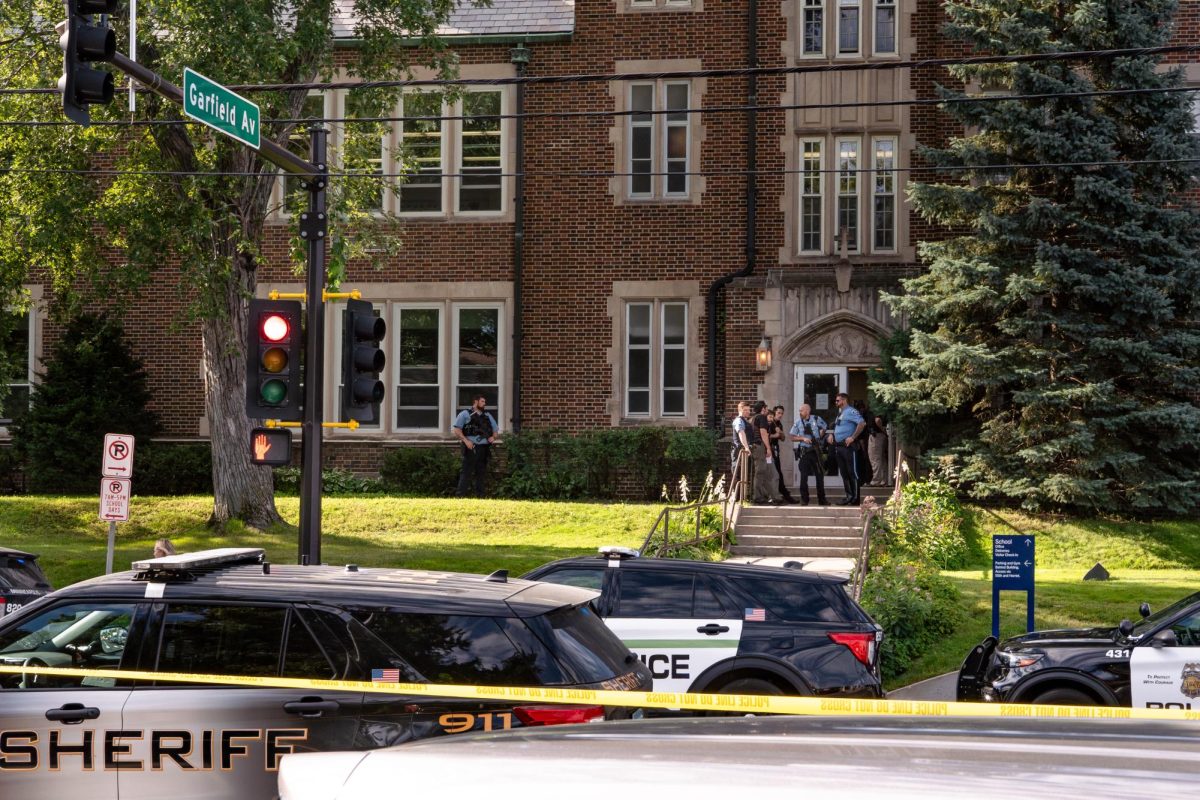In 1969, the dress code was created because of a case known as Tinker v. Des Moines School District involving a group of teens who wore black wristbands in protest of the Vietnam War to school. In the end, it was ruled that students could wear whatever they pleased as long as it was not distracting to anyone’s learning.
The question is, do schools really go by this original meaning, or have stereotypes swayed and stretched the dress code? Are schools in America sexist?
A few light rules were geared toward boys, but more strict rules seemed to be placed upon the way girls dressed. This would mean no spaghetti straps, no short shorts and no revealing midriff. This may be inappropriate to wear to a workplace, but according to the original dress code rules, people could only wear clothes that weren’t distracting to the class. This implies that boys will be paying more attention to a girl’s body than their schoolwork, and that a man’s gaze towards a woman’s body is her own fault and that the woman should be punished for it.
The dress code is usually properly enforced in middle school and high school— what we should really be asking is why schools are sexualizing young girls. Additionally, women with more defined features are dress coded more often than those who are less developed. One Hudson High School student stated that, while our school does a better job than others in the area, there is still room to improve.
“Other women have had smaller chests and more skin shown than other women with larger breasts and less skin [shown and the latter was more often] criticized. It is unfair. Men don’t get coded for showing more skin yet women who wear less do. [It is] especially biased [towards people with] different body types. [But] we actually have it pretty good. Some schools are much harsher and [do not let] women show straps on their shoulders.” These sorts of experiences certainly do happen at our school, and while it’s definitely better here than at other schools, it is still something we should look at fixing.
The belief that young women are at fault for how young men look at their bodies stems further into how boys are punished within the school system, specifically for actions such as sexual harassment. Yes, sexual harassment does happen in middle schools and high schools, and usually (not always) it is a boy that acts upon a girl. It can be quick, just one touch, just one second passes by; but the victim will never forget it. Worse yet, it seems that even when young women report these instances, they are not always taken seriously.
Another student claims that proper action was not taken when she reported a sexual assault experience to the authority at school. “Yes [I have been sexually harassed] by many different students and multiple different times. I did speak to the principal, as well as my counselor, however, nothing merely happened, even when I gave specific security footage examples and made two statements. At first I thought they were taking me seriously and that they would follow through with serious consequences and/or ideas, however, they … forced me to adjust my schedule and anything that related to him even though I was the victim.”
According to another source, UK Feminista, “Over a third (37%) of female students in mixed-sex secondary schools have been sexually harassed while at school.” This seems to be a serious problem for schools, and if administrators can’t handle something as serious as sexual harassment with strict enforcement, girls and young women will face many mental health concerns.
The blame being placed upon young girls rather than the boys that do wrong is not a good lesson to teach. Young women will grow up with the belief that their bodies are a problem, which is a terrible mindset to have. Women should not have to grow up believing that they are at fault for somebody else’s bad behavior. Commonly, some teachers or even parents will use the phrase “boys will be boys,” implying that the action of a boy is simply typical towards his behavior and he should not be at fault, and that rather, the girl has to adjust to his ideals. This will also teach young men that their actions do not have consequences, which means that boys grow up to be careless with how they treat girls, and girls grow up with feelings of insecurity and self-objectification. While this is not true for everyone, these sorts of sexist implications still exist, and can easily affect girls and boys at a young age. According to another source, “School dress codes are sexist and often result in body shame, self-objectification, powerlessness and making girls responsible for boy’s bad behaviors.”
While we have come a long way, and times have changed significantly, that doesn’t change the societal sexism that still exists today, not only from strangers and misogynistic people, but also from teachers and students. More schools should be focusing on taking girls seriously and ending the sexualisation of young women in a learning environment.


























